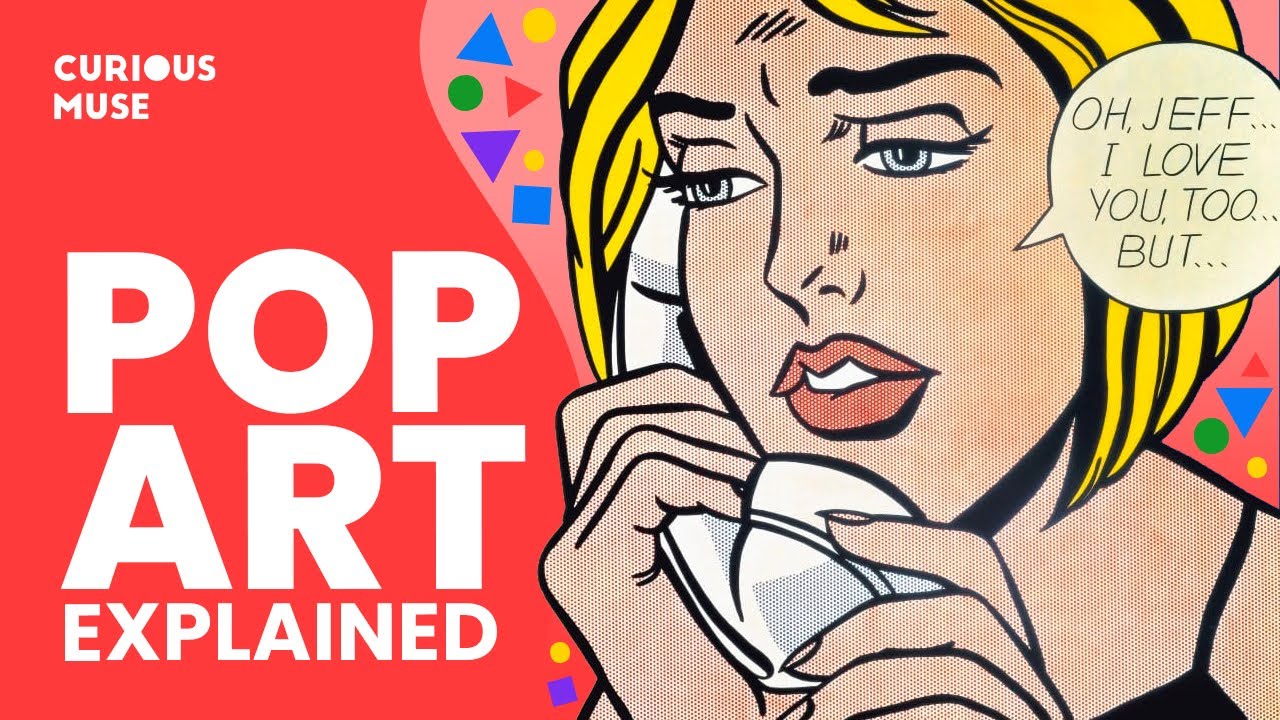Design Works: Henry van de Velde and early-Modernism | Geoffrey Bunting Graphic Design
Summary
TLDRThe script explores the significance of Henry van de Velde, a pioneer of Art Nouveau and a forerunner to Modernism, whose 1904 teapot reflects the transition between these styles. Despite his contributions to the Deutscher Werkbund and the development of Modernist aesthetics, van de Velde's legacy is overshadowed by the Bauhaus movement he influenced. His struggle against standardization and his vision of 'total work of art' were overshadowed by the rise of nationalism and the Bauhaus's reductionist approach, leading to his underappreciated status in design history.
Takeaways
- 🫖 Henry van de Velde's 1904 teapot predates the Bauhaus and reflects early Modernism.
- ✨ The teapot's chrome finish and ornate ivory handle highlight van de Velde's balance between art and functionality.
- 🏛️ Van de Velde is considered one of the originators of Art Nouveau, blending beauty with industrial production.
- ⚙️ He saw mass production as a way to make art accessible to everyone, a departure from the exclusivity of the Arts and Crafts movement.
- 🎨 The 1914 debate at the Deutscher Werkbund divided artists like van de Velde, who supported artistic autonomy, from those favoring standardization.
- 🔨 Van de Velde's vision of Modernism was distinct from the later, more reductionist ethos of the Bauhaus, which focused on standardization and minimalism.
- 🇧🇪 His non-German background and opposition to full standardization hindered his recognition in Germany's artistic circles.
- 💼 Despite his influence, van de Velde's legacy has been overshadowed by figures like Gropius, Mies van der Rohe, and Le Corbusier.
- 🏙️ Van de Velde's architectural works in Brussels demonstrated his ability to merge modern and traditional forms.
- 🖼️ Although often forgotten, van de Velde's influence on Modernism is visible in the subtle artistic details seen in everyday designs today.
Q & A
What is the significance of the teapot exhibited in the Museum of Berlin?
-The teapot is significant because it represents a transitional piece in the history of design, embodying both the Modernist aesthetic and the artistic nuances of Art Nouveau. It was created by Henry van de Velde in 1904, predating the Bauhaus and Werkbund movements.
How does the teapot's design reflect the characteristics of Modernism?
-The teapot's design reflects Modernism through its chrome finish, which creates a metallic gradient, and its mass-produced, functional form. However, it also has an ornate ivory handle, showing a resistance to the complete reductionism of the Bauhaus.
Who is Henry van de Velde and why is he important in the context of Modernism?
-Henry van de Velde is a Belgian architect and designer known as one of the earliest practitioners of Art Nouveau. He is important in the context of Modernism because he played a major role in its development, influencing the aesthetic adopted by the Bauhaus.
What is the artistic significance of the teapot's handle?
-The teapot's handle is artistically significant because it is ornate and carved from ivory, symbolizing the artist's resistance to the industrial reductionism of Modernism. It represents van de Velde's belief in maintaining artistic individuality even within the context of mass production.
How did Henry van de Velde's views on mass production differ from those of the Arts and Crafts movement?
-Van de Velde accepted the value of mass production, positioning himself at odds with the exclusivity of the Arts and Crafts movement. He saw mass production as a means to make art and beauty accessible to all, rich or poor.
What was the Deutscher Werkbund and what role did Henry van de Velde play in it?
-The Deutscher Werkbund was an organization founded in 1907 to bring art and industry together. Henry van de Velde was a founding member and played a significant role in its mission to promote the integration of art and industry.
What was the outcome of the 1914 meeting that involved Henry van de Velde and Hermann Muthesius?
-The 1914 meeting resulted in a victory for standardization, which shifted the Modernist movement towards a more reductionist approach. Van de Velde's advocacy for artistic autonomy was overshadowed, leading to a significant change in the direction of Modernism.
Why is Henry van de Velde's contribution to Modernism often overlooked?
-Henry van de Velde's contributions are often overlooked due to his frequent alignment with the losing side of debates, his resistance to complete standardization, and his non-German identity in an increasingly nationalistic Germany. Additionally, his aesthetic became so influential that it became indistinguishable from the broader Modernist landscape.
How did Henry van de Velde's work in Brussels demonstrate his architectural prowess?
-In Brussels, van de Velde created buildings that harmoniously integrated with both traditional and modern architectural styles, showcasing his ability to blend the old with the new in a way that was both innovative and respectful of historical context.
What is the legacy of Henry van de Velde in the history of Modernism?
-Henry van de Velde's legacy in the history of Modernism is that of a progenitor whose work and ideas significantly influenced the movement, despite not being fully recognized or credited as one of its canonical fathers. His designs and philosophies laid the groundwork for the development of Modernist aesthetics and practices.
Outlines

Этот раздел доступен только подписчикам платных тарифов. Пожалуйста, перейдите на платный тариф для доступа.
Перейти на платный тарифMindmap

Этот раздел доступен только подписчикам платных тарифов. Пожалуйста, перейдите на платный тариф для доступа.
Перейти на платный тарифKeywords

Этот раздел доступен только подписчикам платных тарифов. Пожалуйста, перейдите на платный тариф для доступа.
Перейти на платный тарифHighlights

Этот раздел доступен только подписчикам платных тарифов. Пожалуйста, перейдите на платный тариф для доступа.
Перейти на платный тарифTranscripts

Этот раздел доступен только подписчикам платных тарифов. Пожалуйста, перейдите на платный тариф для доступа.
Перейти на платный тариф5.0 / 5 (0 votes)






